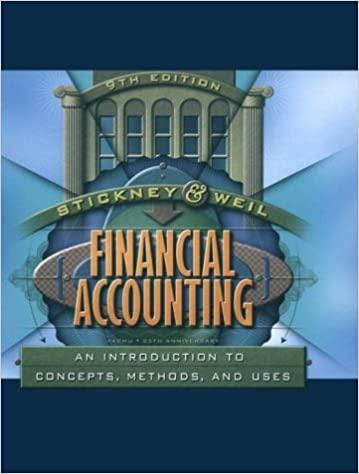Answered step by step
Verified Expert Solution
Question
00
1 Approved Answer
I don't understand why B & C are not correct. Problem 7-4 (Algo) Uncollectible accounts (LO7-5, 7-6] Raintree Cosmetic Company sells its products to customers


 I don't understand why B & C are not correct.
I don't understand why B & C are not correct.
Step by Step Solution
There are 3 Steps involved in it
Step: 1

Get Instant Access with AI-Powered Solutions
See step-by-step solutions with expert insights and AI powered tools for academic success
Step: 2

Step: 3

Ace Your Homework with AI
Get the answers you need in no time with our AI-driven, step-by-step assistance
Get Started


